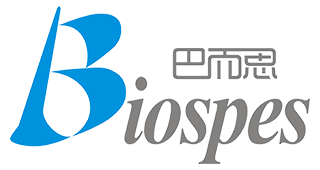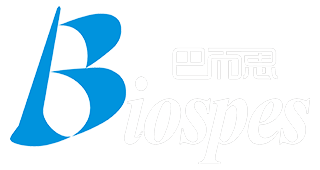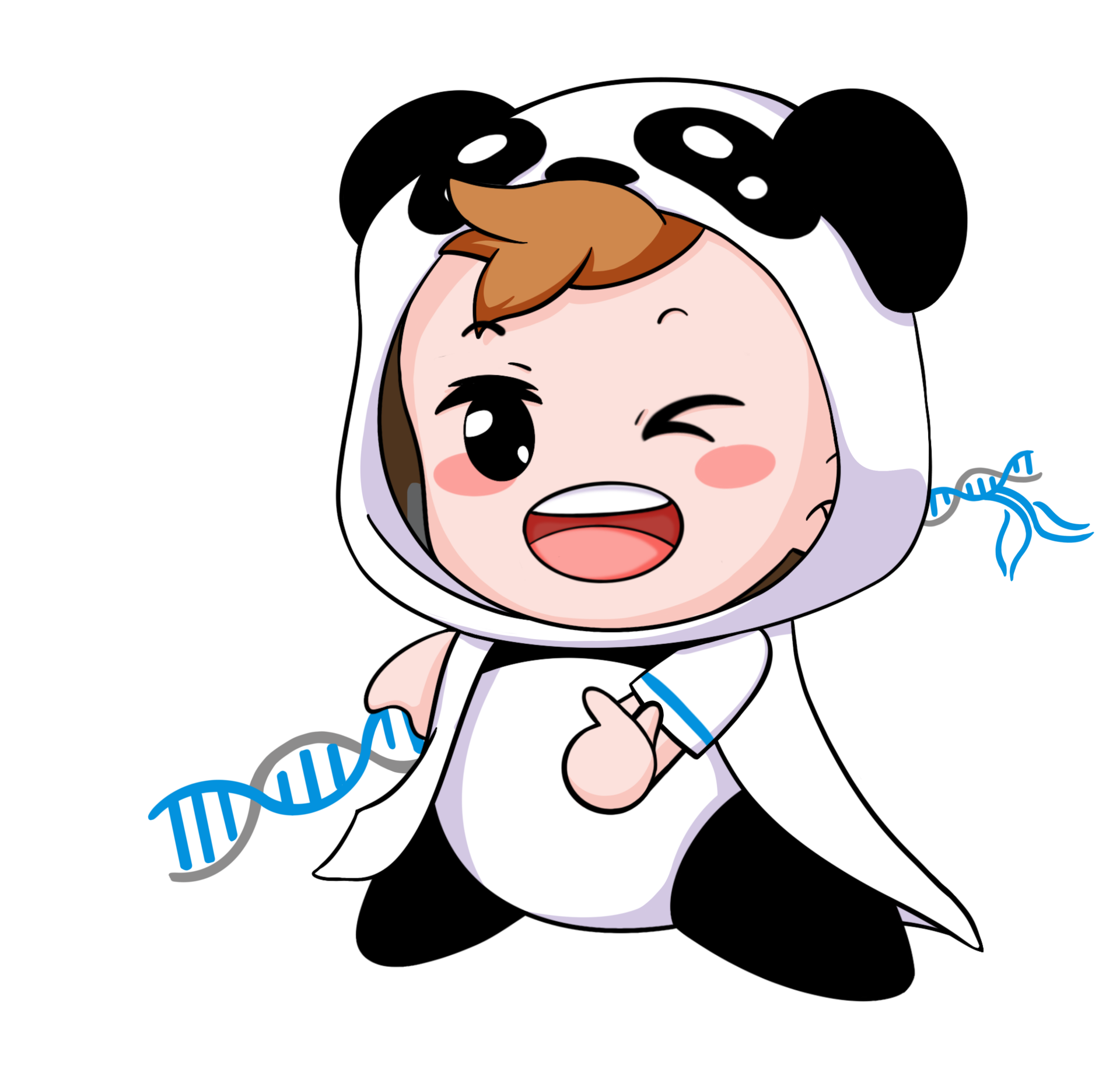Polyclonal Anti- Vang-like protein 1, VANGL1 Antibody
Size: 100 μg
Host: Rabbit
Reactivity: Human
Isotype: IgG
Application: WB, ICC
--------------------------------------------------------------------------------------------------------------
Price: $180.00
Catalog# BPA1108
Lot # Check on the product label
Size 100 μg
Isotype IgG
Host Rabbit
Reactivity Human
Product Form Liquid
Purification Peptide affinity purified
Immunogen
A synthetic peptide (conjugated with KLH) corresponding to the region of human VANGL1.
Recommend Application
Western Blot, WB (1:100-200)
Immunocytochemistry, ICC (1:50-1:100)
Other applications have not been tested.
The optimal dilutions should be determined by end user.
Storage Buffer
1*PBS (pH7.4), 0.2% BSA, 40% Glycerol and 0.05% Sodium Azide.
Storage Instruction
Store at 4°C after thawing (1 week). Aliquot and store at -20°C for long term (at least one year).
Avoid repeated freeze and thaw cycles.
Background
Vang-like protein 1 (VANGL1), also called Loop-tail protein 2 homolog (LPP2), is encoded by the VANGL1 gene, This gene contains 8 exons and it maps to chromosome 1p13. The VANGL1 protein is a 524-amino acid , 65KD protein, which has 4 transmembrane domains and a C-terminal ser/thr-x-val motif. Yagyu et al. (2002) found that downregulation of VANGL1 expression suppressed growth of a human hepatoma cell line. Kalabis et al. (2006) found that VANGL1 overexpression enhanced this migration and wound closure in cultured cells.
Reference
1. Yagyu, R., Hamamoto, R., Furukawa, Y., Okabe, H., Yamamura, T., Nakamura, Y. Isolation and characterization of a novel human gene, VANGL1, as a therapeutic target for hepatocellular carcinoma. Int. J. Oncol. 20: 1173-1178, 2002.
2. Katoh, M. Molecular cloning and characterization of Strabismus 2 (STB2). Int. J. Oncol. 20: 993-998, 2002.
3. Kalabis, J., Rosenberg, I., Podolsky, D. K. Vangl1 protein acts as a downstream effector of intestinal trefoil factor (ITF)/TFF3 signaling and regulates wound healing of intestinal epithelium. J. Biol. Chem. 281: 6434-6441, 2006.



